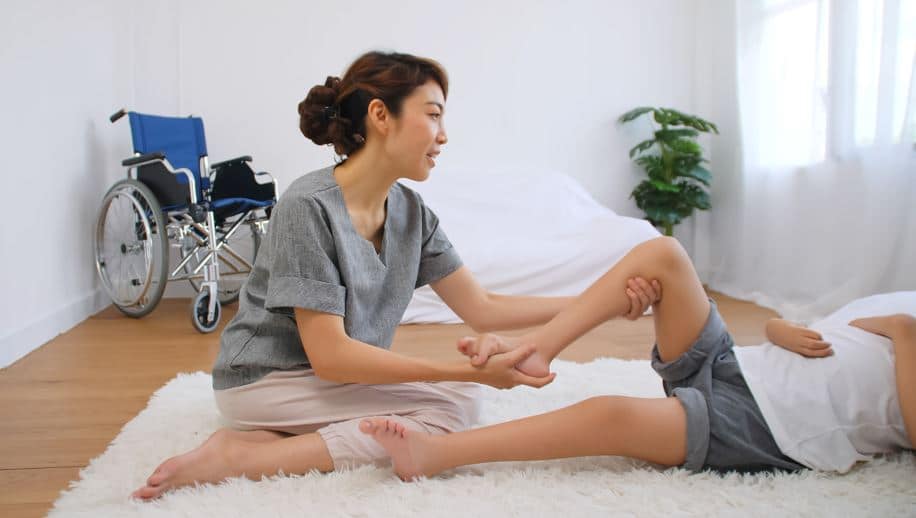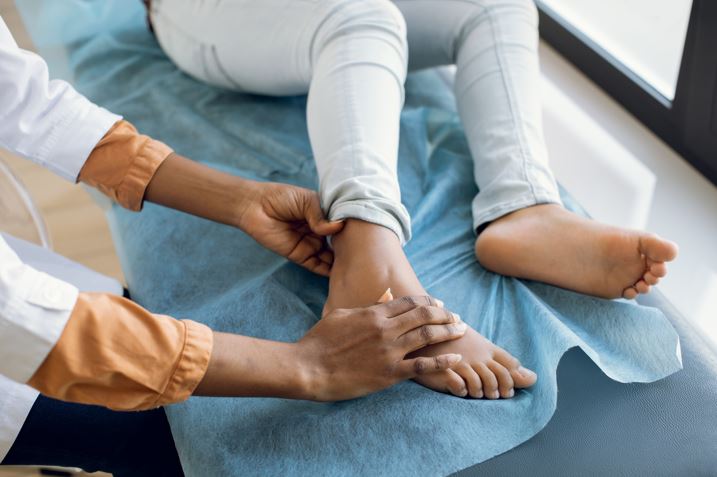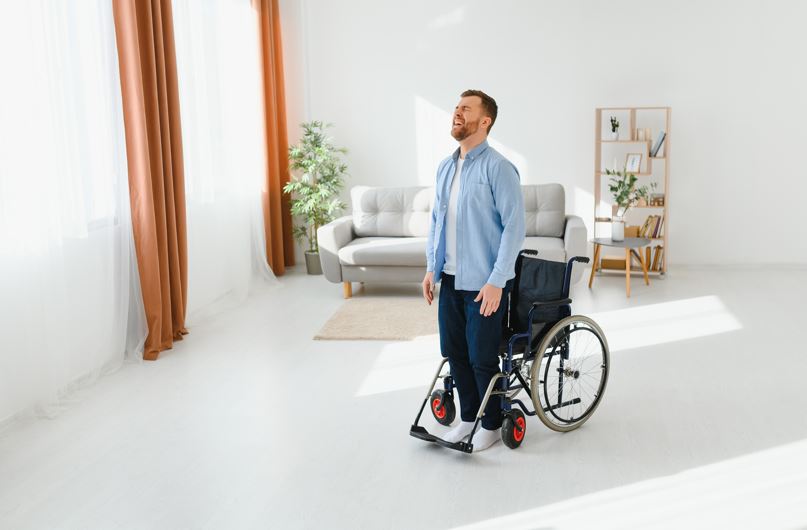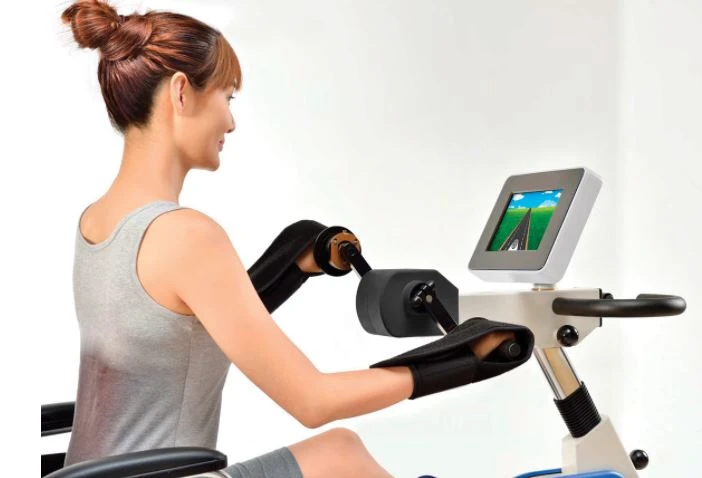When it comes to rehabilitation and fitness for individuals with chronic diseases, severe injuries, or deconditioning, understanding the different types of training modalities can make a significant difference. One advanced method that stands out is isokinetic training. This article delves deeply into how isokinetic training differs from passive, assisted, and active training modes, highlighting its […]
Managing Spasticity in Peripheral Neuropathy with Active-Passive Therapeutic Cycle Training
Peripheral neuropathy is a condition that affects the peripheral nerves, causing weakness, numbness, and pain, typically in the hands and feet. While the primary symptoms are sensory and motor deficits, spasticity—an increase in muscle tone leading to stiffness and spasms—can also be a significant and debilitating symptom for many individuals. One innovative approach to managing […]
The Role of the MedUp V2 in Acquired Brain Injury Rehabilitation
Understanding Acquired Brain Injury Acquired Brain Injury (ABI) and Traumatic Brain Injury (TBI) can significantly impact an individual’s physical and cognitive functions. During the acute phase of recovery, increased rest and limited exertion are crucial for speeding up the healing process. However, as recovery progresses, incorporating exercise becomes essential in enhancing cerebral blood flow and […]
Overcoming Physical and Mobility Challenges in Multiple Sclerosis
Multiple Sclerosis (MS) is a chronic illness that affects the central nervous system, leading to a wide range of physical and mobility challenges. For those living with MS, maintaining physical activity is crucial for managing symptoms and improving quality of life. The MedUp V2 Active Passive Cycle Trainer offers a unique solution, providing both active […]
The Transformative Benefits of Cycle Therapy for Muscle Spasticity
In the realm of rehabilitation, where each step forward is often hard-won, a revolutionary approach is reshaping the landscape of recovery for those grappling with muscle spasticity. Cycle therapy, a method leveraging specialized stationary bicycles, emerges as a beacon of hope for individuals navigating the challenging aftermath of illness, trauma, or paralysis. Beyond its physical […]




